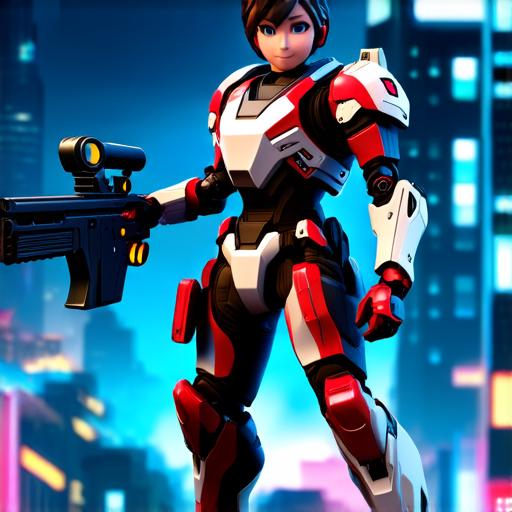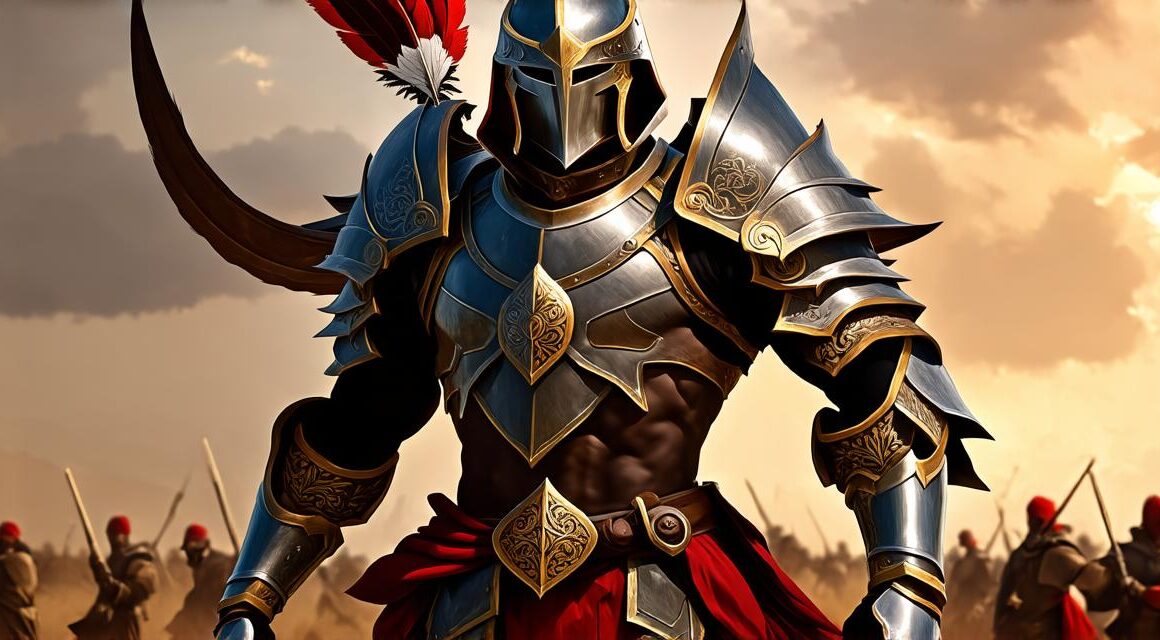Table of Contents
- Introduction: The Importance of Tridimensional Characters in Unity 3D Games
- Modeling Your Characters: A Step-by-Step Guide
- Texturing Your Characters: A Deep Dive into the Art of Skinning
- Animation Techniques: Bringing Your Characters to Life
- Lighting and Shading: Enhancing the Realism of Your Characters
- Sound Design: Completing the Sensory Experience
- * Conclusion: Crafting Stunning Tridimensional Characters in Unity 3D Games
- * FAQs: Answering Your Questions About Tridimensional Character Creation in Unity 3D

Introduction: The Importance of Tridimensional Characters in Unity 3D Games
Tridimensional characters are the lifeblood of any great game. They bring depth and personality to a story, engage players on an emotional level, and help establish a sense of immersion within the game world. In Unity 3D, creating tridimensional characters has never been easier thanks to the powerful tools and techniques available to developers.
From modeling to animation to texturing, there are countless ways to bring your characters to life and make them feel like real people (or creatures, depending on the game’s setting).
Modeling Your Characters: A Step-by-Step Guide
Modeling is the first step in creating a tridimensional character in Unity 3D. It involves designing and creating the basic structure of your character, including their skeleton, joints, and bones. This process can be done using various software and tools, such as Blender, Maya, or even the built-in tools within Unity itself.
Texturing Your Characters: A Deep Dive into the Art of Skinning
Texturing is the process of applying colors, patterns, and textures to a 3D model to give it a more realistic appearance. This step involves understanding different types of textures and their uses, using 2D textures to create 3D effects, and painting and applying textures for a realistic look.
Animation Techniques: Bringing Your Characters to Life
Animation is the process of creating the illusion of movement by manipulating a series of images or frames. In Unity 3D, there are several animation techniques you can use to bring your characters to life, including keyframe animation, layering animations for complex movements, and using motion capture for hyper-realistic animation.
Lighting and Shading: Enhancing the Realism of Your Characters
Lighting and shading are essential aspects of creating realistic characters in Unity 3D. Understanding the basics of lighting and shading, creating dynamic and interactive lighting effects, and using global illumination for a photorealistic look can greatly enhance the realism of your characters.
Sound Design: Completing the Sensory Experience
Sound design is an often overlooked but crucial aspect of creating engaging game experiences. The importance of sound in Unity 3D games cannot be overstated, as it helps to create a more immersive and realistic experience for players.
* Conclusion: Crafting Stunning Tridimensional Characters in Unity 3D Games
In this article, we have explored the various aspects of character creation in Unity 3D, from modeling to animation to texturing. We have also delved into lighting and shading, sound design, and more to create an immersive and engaging game experience.
* FAQs: Answering Your Questions About Tridimensional Character Creation in Unity 3D
If you have any questions about tridimensional character creation in Unity 3D, feel free to ask them in the comments below!



